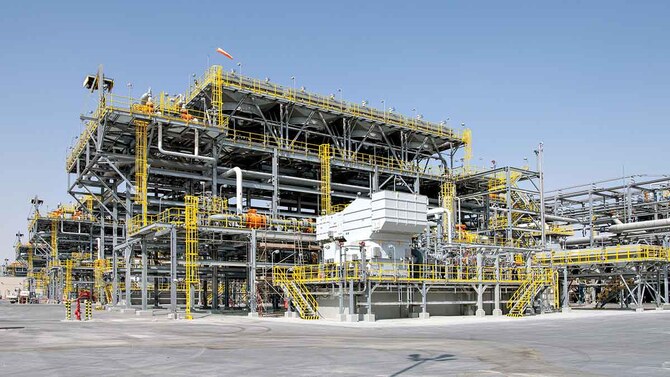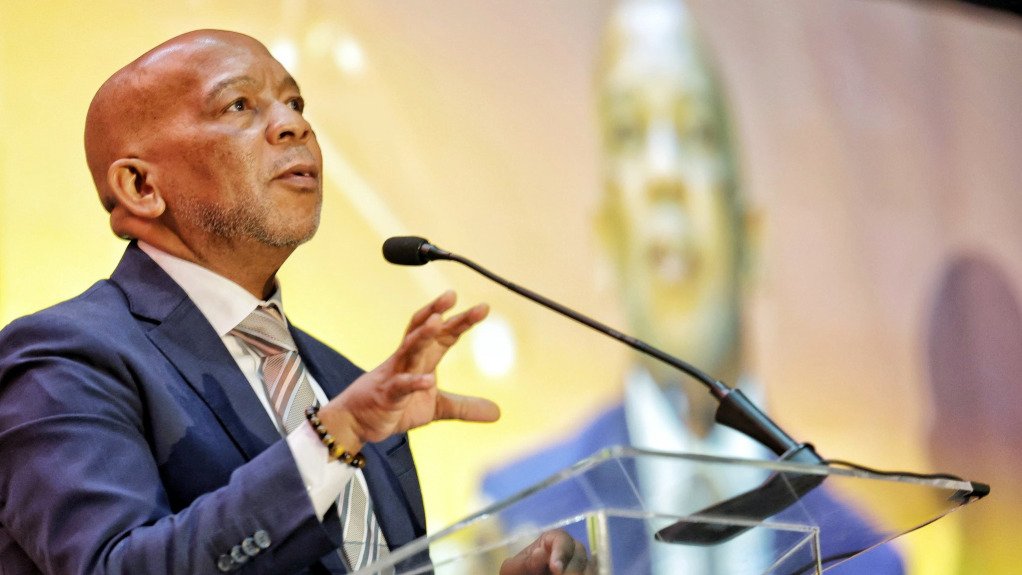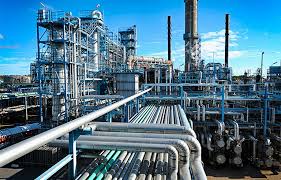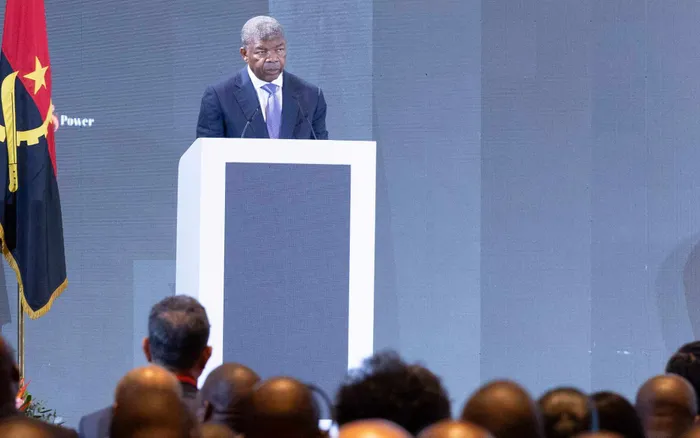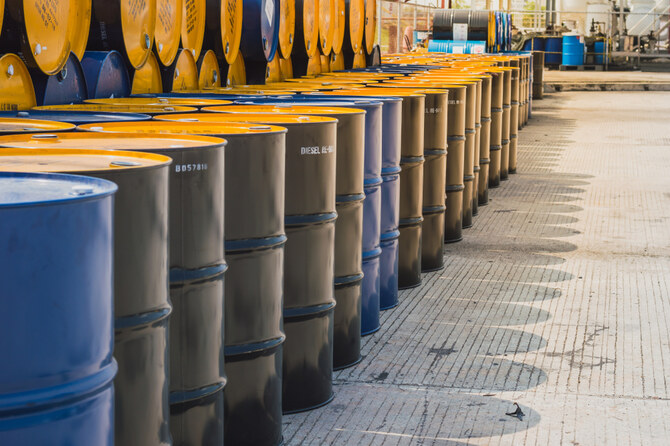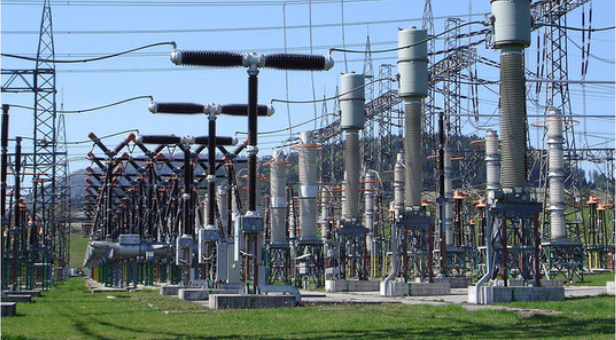Storage

Africa’s Green Hydrogen Push Risks Overshadowing Domestic Energy Needs, GEM Warns in New Analysis
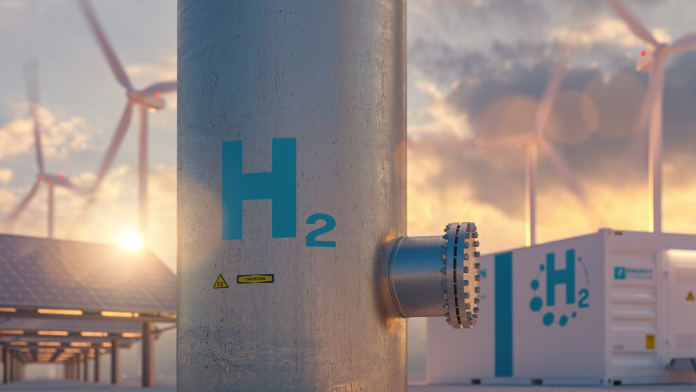
Nearly two-thirds of Africa’s planned utility-scale solar and wind capacity is intended for export to Europe in the form of green hydrogen rather than domestic electricity supply, according to new analysis from Global Energy Monitor (GEM). The report warns that this trend could impede efforts to expand energy access across the continent.
GEM’s data from the Global Wind Power Tracker and Global Solar Power Tracker shows approximately 350 GW of prospective utility-scale renewable capacity in Africa—projects that are announced, pre-construction, or under construction. This planned capacity is nearly ten times the continent’s current operational capacity and comparable to the 380 GW of solar installed worldwide in the first half of 2025.
However, 61%, or 216 GW across 35 projects, in countries including Botswana, Djibouti, Egypt, Kenya, Mauritania, Morocco, Mozambique, Namibia, South Africa, The Gambia and Western Sahara, is designated for green hydrogen production for European energy and industrial markets.
GEM notes that 65% of the companies behind these projects are European entities with no prior experience building infrastructure on this scale. Fewer than half of the projects have published construction timelines, and only one hydrogen-linked renewable project is currently operational in Africa. The absence of confirmed buyers or offtake agreements raises further doubts about the viability of these megaprojects.
Also Read The Ultimate Solution for Utility-Scale Solar Plants: Antaisolar Launches Next-Generation Intelligient Tracking System AT-Spark
The analysis highlights Mauritania as the most extreme example: the country has 79.5 GW of proposed wind and solar capacity—all tied to hydrogen production—despite having only 0.3 GW currently in operation. GEM compares this ambition to building infrastructure nearly three times larger than China’s Three Gorges Dam, the world’s largest energy project.
In Mozambique and Djibouti, where operational renewable capacity stands at just 0.1 GW and 0.06 GW respectively, developers have proposed 12 GW and 10 GW of green hydrogen capacity. GEM estimates that 12 GW of wind and solar in Mozambique could double the country’s current electricity generation, while Djibouti could reach European-level per capita electricity consumption with roughly 3 GW of renewable capacity.
Julie Macuga, researcher at Global Energy Monitor, said European companies and governments must acknowledge the risks and be transparent about the speculative nature of these initiatives.
“Where hydrogen projects are proposed, people should have the autonomy to decide what types of energy and exports are best suited for them,” Macuga said. “Small, distributed wind and solar projects have already proven effective in improving energy access for millions across Africa. Hydrogen, by comparison, remains largely hypothetical.”





